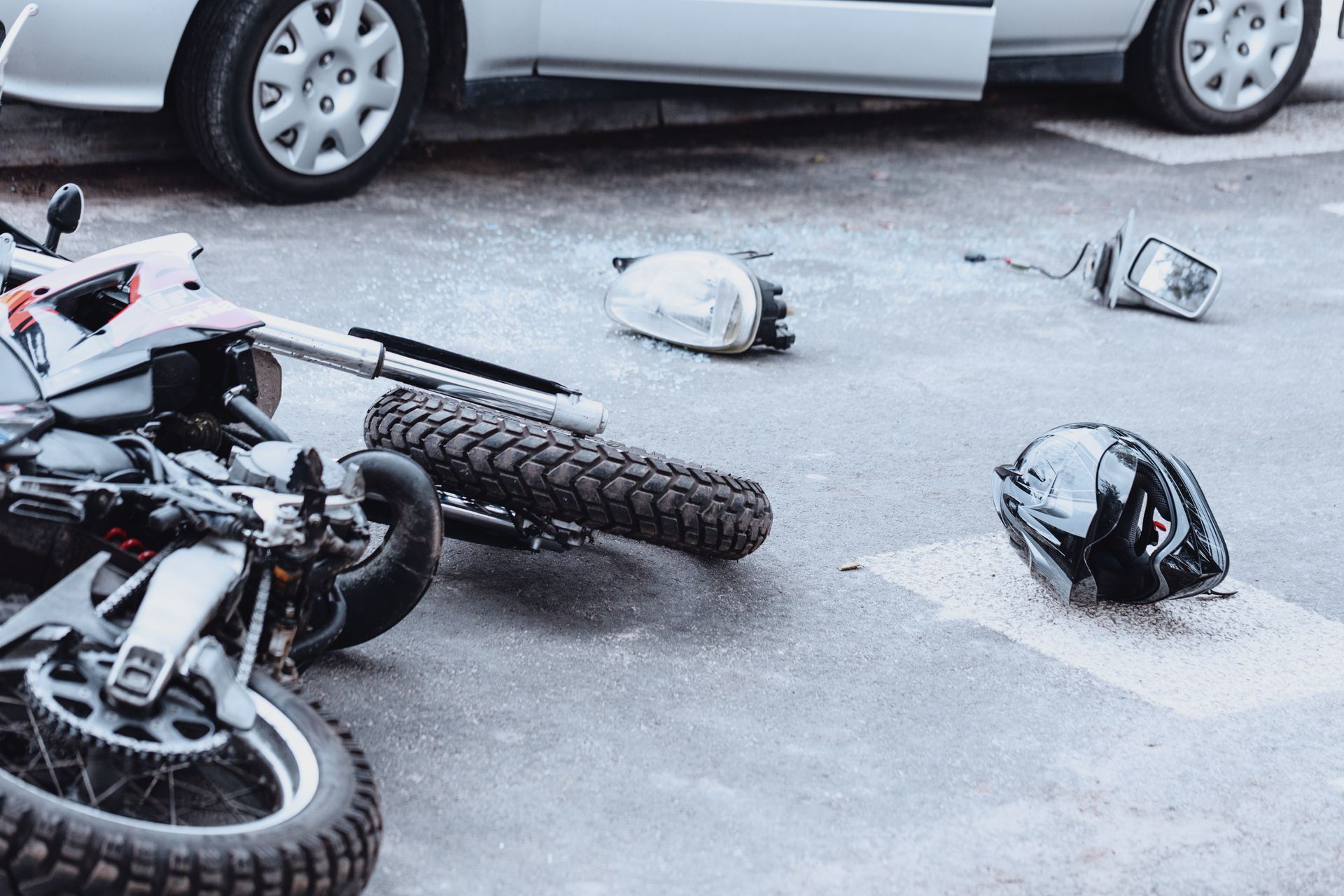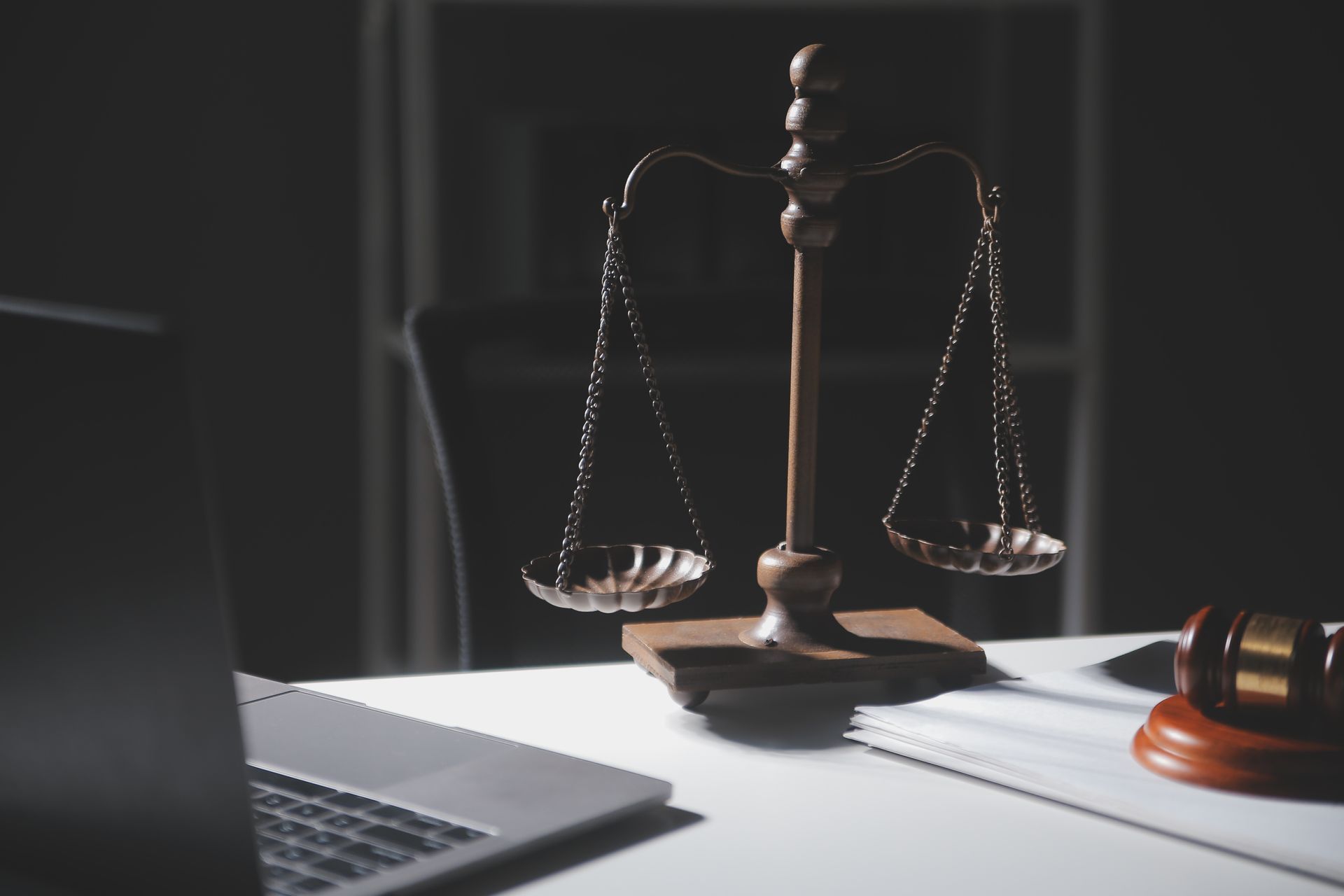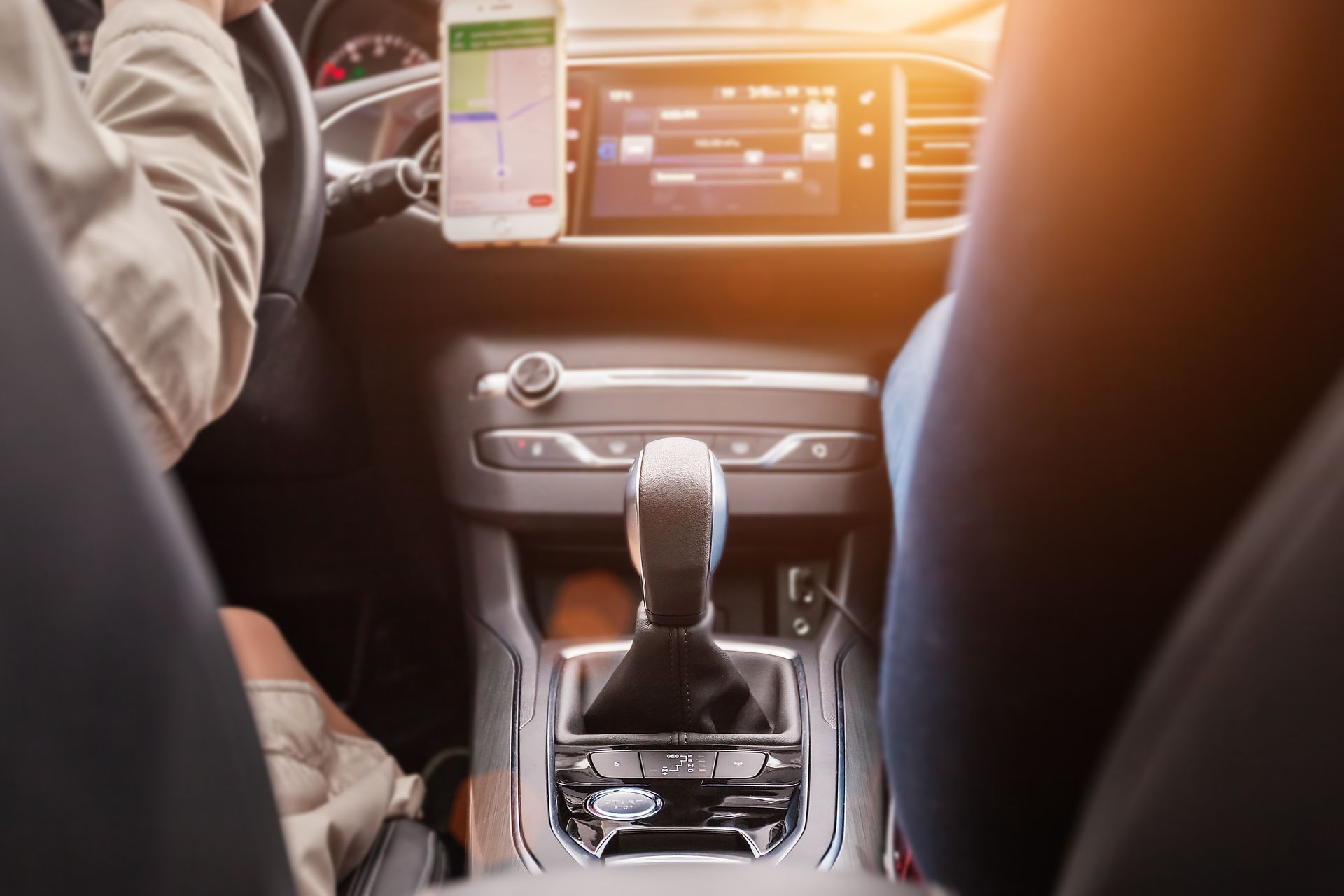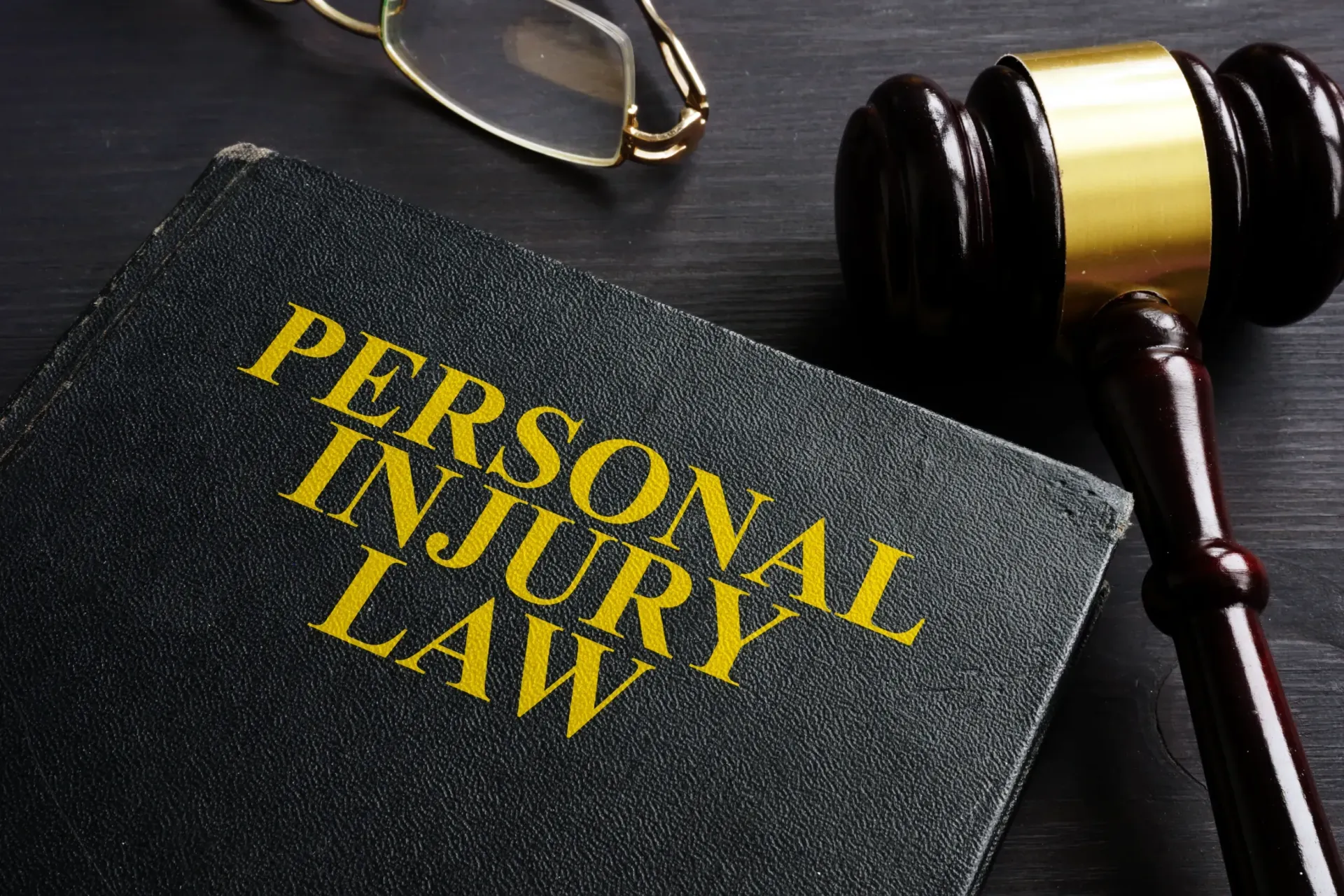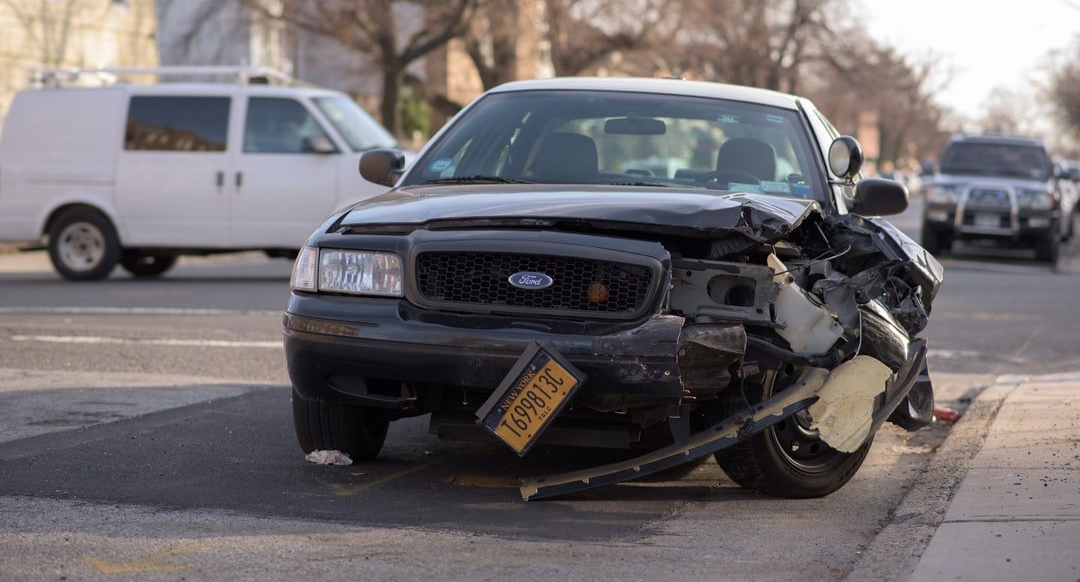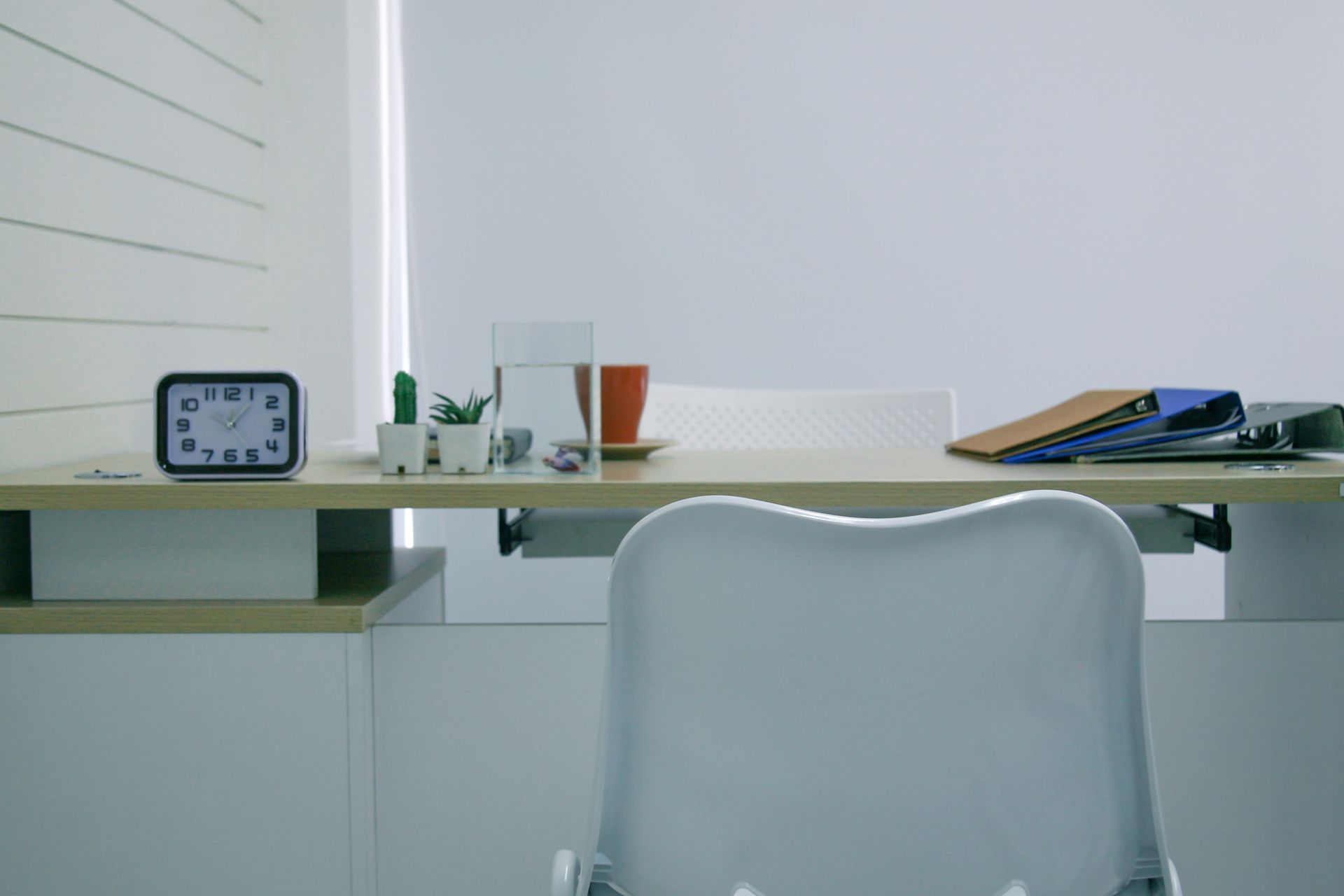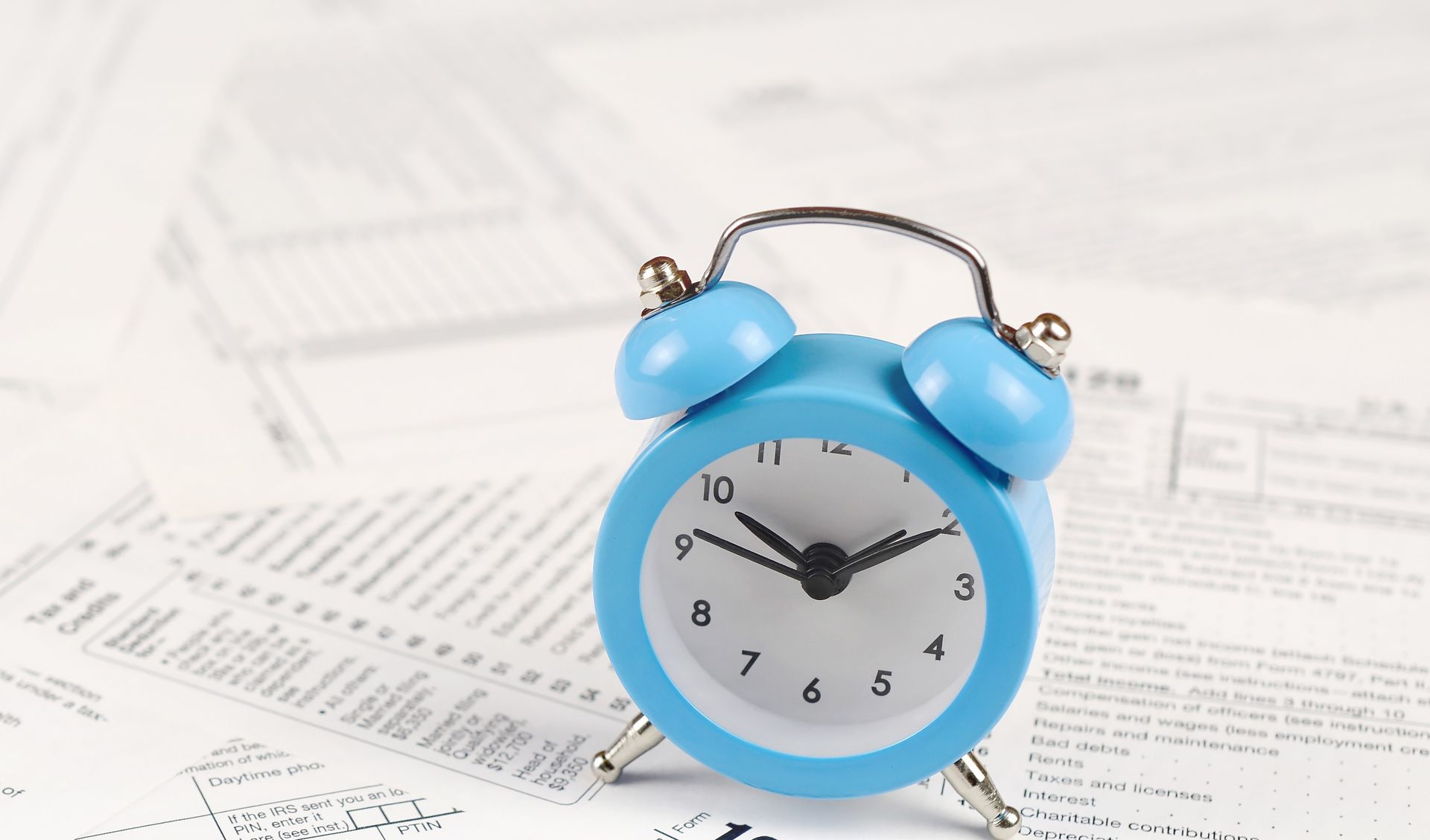Who’s at Fault for a Self-Driving Car Accident in Texas?
When Autonomous Technology Fails, Who Will Fight For Your Justice?
The development of self-driving cars offers innovation and convenience, but it also adds a new level of legal complexities when accidents occur. If you or a loved one has been involved in a self-driving car accident in Texas, you are certainly concerned about liability, compensation, and navigating the junction of human and artificial intelligence. Let’s explore how to determine self-driving car accident faults in Texas.
A self-driving car, autonomous car, or driverless car, is a vehicle capable of navigating and operating without human input. These vehicles leverage advanced technologies, sensors, and artificial intelligence to perceive their environment, make decisions, and control their movements. The primary goal of self-driving cars is to enhance safety, efficiency, and convenience in transportation.
Quick Summary:
- Self-driving cars, also known as autonomous vehicles, leverage advanced technologies, sensors, and artificial intelligence for navigation and operation.
- The Society of Automotive Engineers (SAE) defines six levels of automation for self-driving cars, ranging from Level 0 (no automation) to Level 5 (full automation).
- Self-driving car accidents can result from technological failures, human-technology interaction, external factors, algorithmic errors, sensor limitations, and cybersecurity threats.
- Determining liability in self-driving car accidents involves considering factors such as the level of automation, actions of the human driver, behavior of the autonomous system, and adherence to regulatory standards.
- Potentially liable parties in autonomous car accidents include the manufacturer/developer, technology supplier, human driver (if applicable), owner/operator, and other negligent parties.
- Proving negligence in self-driving accidents involves demonstrating elements such as duty of care, breach of duty, causation, and damages.
While significant progress has been made in the development of self-driving technology, accidents remain unavoidable. If you or someone you love has been involved in a self-driving car accident, understanding how to determine responsible parties is a crucial step in achieving justice.
What are Self-Driving Cars?
Self-driving automobiles can drive and navigate without human assistance. They use powerful sensors, cameras, radar, and artificial intelligence technologies to observe their surroundings, analyze data, and make real-time steering, acceleration, and braking decisions. These vehicles are designed to provide a safer, more efficient, and convenient mode of transportation.
Driverless cars can lessen accidents by detecting and responding to hazards, reducing errors from distracted or impaired driving. Additionally, they can enhance mobility for those with disabilities and improve traffic flow by communicating and adjusting speed and routes.
Levels of Self-Driving Cars
The Society of Automotive Engineers (SAE) has defined six levels of automation to categorize the capabilities of self-driving cars. These levels, ranging from Level 0 to Level 5, describe the extent of automation and the role of the human driver. Here is a brief overview of each level:
- Level 0 – No Automation: The vehicle is entirely controlled by the human driver, and there is no automation involved. Basic vehicle assistance systems, like cruise control, may be present, but they are not classified as autonomous.
- Level 1 – Driver Assistance: This level involves a single automated system, such as adaptive cruise control or lane-keeping assistance. The driver is still required to monitor the vehicle’s surroundings and intervene if necessary.
- Level 2 – Partial Automation: Level 2 vehicles can simultaneously control multiple functions, such as adaptive cruise control and lane-keeping. The driver must remain engaged and be ready to take over if the automated systems request intervention.
- Level 3 – Conditional Automation: At this level, the vehicle can handle most aspects of driving in specific conditions without constant human input. The driver can disengage from actively driving but must be prepared to take control if the system requests assistance.
- Level 4 – High Automation: Level 4 vehicles can perform most driving tasks autonomously in specific scenarios or environments, such as within a geo-fenced urban area. Human intervention is not required within the predefined operational design domain (ODD), but the system may not work in all conditions.
- Level 5 – Full Automation: Level 5 represents full automation, where the vehicle is capable of handling all driving tasks under all conditions without any human intervention. There is no need for a steering wheel, pedals, or a human driver.
Self-Driving Car Accidents
A self-driving car accident refers to a collision or incident involving a vehicle equipped with autonomous or self-driving technology. These accidents can occur when a vehicle, typically equipped with advanced sensors, cameras, radar, and artificial intelligence, is operating in autonomous mode, without direct human intervention.
Self-driving car accidents can result from various factors, including:
- Technological Failures: Malfunctions in the vehicle’s sensors, cameras, or software may lead to errors in decision-making, navigation, or collision avoidance.
- Human-Technology Interaction: Accidents can occur when humans interact with autonomous vehicles or when there is a transition between manual and autonomous modes.
- External Factors: Adverse weather conditions, road infrastructure issues, or unexpected obstacles may challenge the vehicle’s ability to operate safely in autonomous mode.
- Algorithmic Errors: Mistakes in the programming or algorithms guiding the self-driving vehicle may contribute to accidents.
- Sensor Limitations: Sensors used by autonomous vehicles may have limitations in detecting certain objects, leading to collisions that a human driver might have avoided.
- Cybersecurity Threats: Self-driving cars are susceptible to cyberattacks, which can compromise their safety features and lead to accidents.
When a self-driving car accident occurs, it raises complex legal and liability questions. Legal professionals focusing in self-driving car accidents can assist individuals in navigating these intricate issues and seeking compensation for damages.
Key Considerations in Driverless Car Crash
Determining responsibility in a driverless car crash involves a complex interplay of legal, regulatory, and ethical considerations. The responsibility may depend on various factors, including the level of automation, the actions of the human driver (if there is one), the behavior of the autonomous system, and the circumstances surrounding the accident. Key considerations include:
- Human Driver Responsibility (if applicable): In some cases, even with autonomous vehicles, there may be a human driver present who can take control of the vehicle. If the human driver fails to intervene when necessary or misuses the autonomous system, they may bear some responsibility.
- Autonomous System Responsibility: If the crash occurs due to a failure or malfunction in the autonomous system, the company or entity that developed and deployed the self-driving technology could be held responsible. This raises questions about the design, testing, and safety measures implemented in the autonomous system.
- Regulatory Framework: Liability rules may be influenced by the regulatory environment. Some jurisdictions have started to establish guidelines and rules for autonomous vehicles, including liability standards. Regulations may specify the responsibilities of manufacturers, developers, and owners of autonomous vehicles.
- Insurance Considerations: Insurance companies play a role in determining responsibility and covering damages in the event of a crash. As autonomous vehicles become more prevalent, insurance policies may need to adapt to accommodate the unique risks and liabilities associated with self-driving technology.
- Data and Evidence: Gathering data from the vehicle’s sensors, logs, and other records is crucial in determining the sequence of events leading up to a crash. This data can be used to reconstruct the incident and assign responsibility.
Potentially Liable Parties in Autonomous Car Accidents
In the event of a driverless car accident in Texas, determining liability can be a complex matter. As this technology is still relatively new and evolving, there are various factors to consider when assigning responsibility. Liability in driverless car accidents can potentially fall on multiple parties, including:
- Manufacturer/Developer
- If the crash is caused by a defect or failure in the autonomous vehicle’s hardware or software, the manufacturer or developer of the self-driving technology may be held liable. This includes issues related to design flaws, software bugs, or inadequate testing.
- Technology Supplier
- If the autonomous vehicle relies on components or software provided by third-party suppliers, liability may extend to these suppliers if their products contribute to the crash.
- Human Driver (if applicable)
- If the autonomous vehicle allows human intervention and the driver fails to take control when required, the human driver may share liability. This depends on the level of automation and the responsibilities assigned to the human driver.
- Owner or Operator
- The person or entity that owns or operates the self-driving vehicle may be held liable in certain situations, especially if they failed to properly maintain the vehicle or update its software.
- Other Negligent Parties
- Liability may also extend to other entities or individuals whose actions contribute to the crash. For example, a third-party vehicle that collides with the autonomous vehicle or a party responsible for maintaining the road infrastructure might share liability.
- It’s important to act promptly if you or a loved one has been involved in a driverless car accident to ensure that your rights are protected and that you have sufficient time you need to navigate the legal process effectively.
How Can I Determine Liability in an Autonomous Vehicle Crash?
Determining liability in an autonomous vehicle crash can be complex and depends on various factors. Here are steps you might consider taking to help determine liability:
- Gather Information at the Scene
- If it’s safe to do so, gather information at the scene. Take photos of the vehicles involved, the road conditions, and any relevant signage. Identify and collect contact information from witnesses.
- Contact Law Enforcement
- Report the accident to the police. They will create an official report, and this documentation may be valuable in determining liability.
- Preserve Evidence
- Ensure that any available data from the autonomous vehicle’s sensors, cameras, and logs is preserved. This information may be crucial in understanding what happened. If possible, obtain the vehicle’s black box data or any other relevant electronic data.
- Identify the Level of Automation
- Determine the level of automation of the autonomous vehicle involved. Levels range from 0 (no automation) to 5 (full automation). This information will help understand and determine the extent of human involvement.
- Review Maintenance and Software Updates
- Check if the autonomous vehicle was properly maintained, and its software was up-to-date. Lack of maintenance or outdated software could contribute to accidents.
- Check for Recalls or Defects
- Investigate if there were any recalls or known defects related to the autonomous vehicle’s make and model.
- Consult Legal Professionals
- Seek legal advice from professionals with experience in autonomous vehicle liability. They can help you understand the applicable laws and regulations in your jurisdiction.
- Review Insurance Policies
- Examine the insurance policies of all parties involved, including the autonomous vehicle manufacturer and any other relevant entities. Insurance policies may outline liability and coverage in case of accidents.
- Consider Regulatory Environment
- Be aware of the regulatory environment in your jurisdiction regarding autonomous vehicles. Some regions may have specific laws or guidelines that affect liability.
- Document Human Driver Actions (if applicable)
- If there was a human driver present in the autonomous vehicle, document their actions leading up to the crash. This includes whether they were properly monitoring the vehicle and ready to take control if needed.
- Obtain Legal Counsel
- If you are involved in the crash, consider consulting with an attorney who focuses in autonomous vehicle accidents. They can guide how to navigate the legal complexities of such cases.
- Determining liability in autonomous vehicle crashes is a developing area of law, and each case may present unique challenges. It’s essential to consult with legal professionals and gather as much relevant information as possible to assess liability accurately.
How To Prove Negligence in Self-Driving Accidents?
Proving negligence in self-driving accidents involves demonstrating that certain elements of negligence are present. The elements of negligence generally apply to personal injury cases and can be used in the context of self-driving accidents as well. Here are the elements of negligence that need to be demonstrated:
- Duty of Care: Establish that the defendant (usually the party responsible for the autonomous vehicle, such as the manufacturer or developer) owed a duty of care to the plaintiff (the injured party). In the context of self-driving cars, this may involve demonstrating the duty to design, manufacture, and maintain a safe autonomous system.
- Breach of Duty: Demonstrate that the defendant breached the duty of care. In the case of self-driving cars, this could involve showing that the autonomous system had a design flaw, a manufacturing defect, or that it was not properly maintained or updated.
- Causation: Establish a causal connection between the defendant’s breach of duty and the injuries sustained by the plaintiff. This means demonstrating that the negligence was a direct cause of the accident and resulting harm. Show that the harm caused by the defendant’s breach of duty was a foreseeable consequence.
- Damages: Prove that the plaintiff suffered actual damages as a result of the accident. This may include medical expenses, property damage, lost wages, pain and suffering, or other measurable losses.
Legal Guidance to Determine Self-Driving Car Accident Fault in Texas
As technology continues to advance, the legal landscape surrounding autonomous vehicles evolves, making it crucial to have legal advocates who stay updated on the latest developments. Leeds Law Firm has a proven track record of representing clients in emerging areas of law, and our team is well-equipped to handle cases involving self-driving car accidents.
Leeds Law Firm is devoted to guiding you through the legal complexities of self-driving car accidents, prioritizing your well-being, and ensuring fair compensation for injuries, damages, or losses. We offer guidance, support, and legal representation tailored to your specific situation. We provide legal services in personal injury, employment law, and criminal defense.
Contact us today to schedule a free consultation. Let us advocate for your rights and help you pursue the justice you deserve in the rapidly evolving field of autonomous vehicle accidents.
